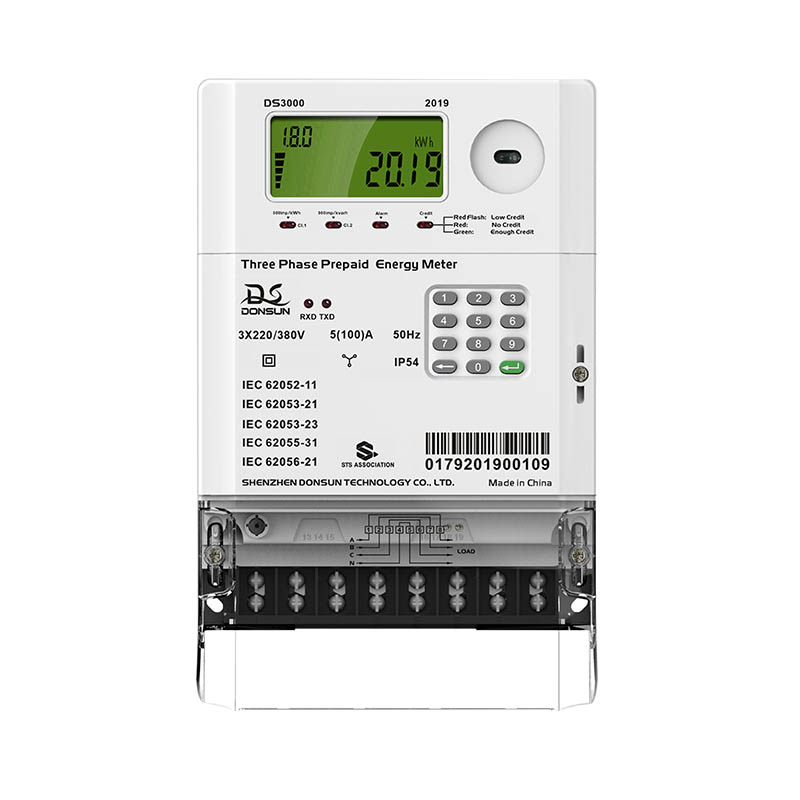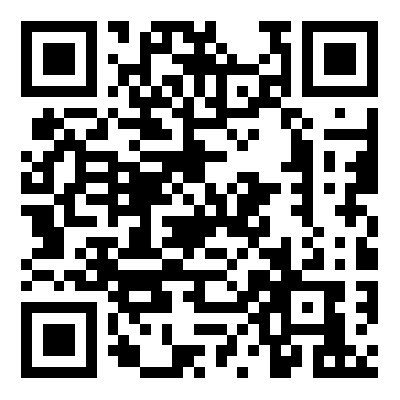Unleashing Control: The Power of Remote Monitoring with GPRS Wireless Energy Meters
2023-12-12
Introduction:
In the dynamic landscape of energy management, the need for real-time insights and remote control capabilities has become increasingly critical. GPRS (General Packet Radio Service) Wireless Energy Meters emerge as technological beacons, ushering in an era where monitoring and controlling energy consumption can be accomplished seamlessly from afar. In this blog, we will explore how GPRS technology empowers the remote monitoring and control of energy consumption, transforming the traditional energy landscape.
1. Real-Time Data Transmission:
At the heart of GPRS Wireless Energy Meters is the capability for real-time data transmission. Unlike traditional meters that rely on periodic manual readings, GPRS technology enables energy meters to send consumption data in real-time to centralized databases. This instantaneous data flow lays the foundation for remote monitoring and control, providing stakeholders with up-to-the-minute insights into energy usage.
2. Continuous Connectivity:
GPRS ensures continuous connectivity by leveraging cellular networks. Regardless of the geographical location or physical constraints, GPRS-enabled energy meters stay connected, facilitating a constant flow of data. This continuous connectivity is vital for remote monitoring, as it ensures that stakeholders can access energy consumption information at any time, from anywhere.
3. Remote Access to Consumption Data:
With GPRS technology, stakeholders have remote access to detailed energy consumption data. Through secure online platforms or applications, users can view comprehensive reports, historical trends, and real-time analytics related to energy usage. This remote accessibility empowers decision-makers to stay informed, even when physically distant from the monitored infrastructure.
4. Immediate Identification of Anomalies:
GPRS Wireless Energy Meters enable the immediate identification of anomalies in energy consumption patterns. In real-time, stakeholders can receive alerts or notifications about unusual spikes or irregularities in usage. This proactive identification of anomalies allows for swift investigation and corrective action, reducing the risk of energy wastage or equipment malfunctions.
5. Swift Response to Emergency Situations:
In critical situations, such as power surges or unexpected equipment failures, GPRS-enabled meters facilitate swift response mechanisms. Remote monitoring platforms can trigger automated responses or alert relevant personnel, ensuring that emergency situations are addressed promptly. This capability minimizes downtime and potential damage, contributing to operational resilience.
6. Remote Control and Configuration:
Beyond monitoring, GPRS technology enables remote control and configuration of energy meters. Parameters and settings can be adjusted centrally without the need for on-site visits. This remote configurability ensures that energy management systems remain adaptable to changing requirements, operational needs, or optimization strategies.
7. Enhanced Energy Efficiency Strategies:
Remote monitoring with GPRS Wireless Energy Meters opens the door to advanced energy efficiency strategies. Stakeholders can remotely implement load-shedding measures, adjust equipment schedules, or optimize energy usage based on real-time data. This proactive approach to energy management contributes to sustainability goals and cost savings.
8. Secure Data Transmission:
Security is a paramount concern when dealing with sensitive energy consumption data. GPRS technology incorporates robust security measures, including encryption and authentication protocols. These safeguards ensure that data transmitted from energy meters to centralized systems is secure, protecting against unauthorized access and potential cyber threats.
Conclusion:
In conclusion, the integration of GPRS technology in Wireless Energy Meters marks a transformative shift in the ability to remotely monitor and control energy consumption. The combination of real-time data transmission, continuous connectivity, immediate anomaly identification, and remote control capabilities empowers stakeholders with unprecedented control over energy management. As industries and communities embrace the imperative of sustainable practices, GPRS-enabled energy meters stand as enablers of smarter, more responsive, and more efficient energy consumption control from any corner of the globe.



